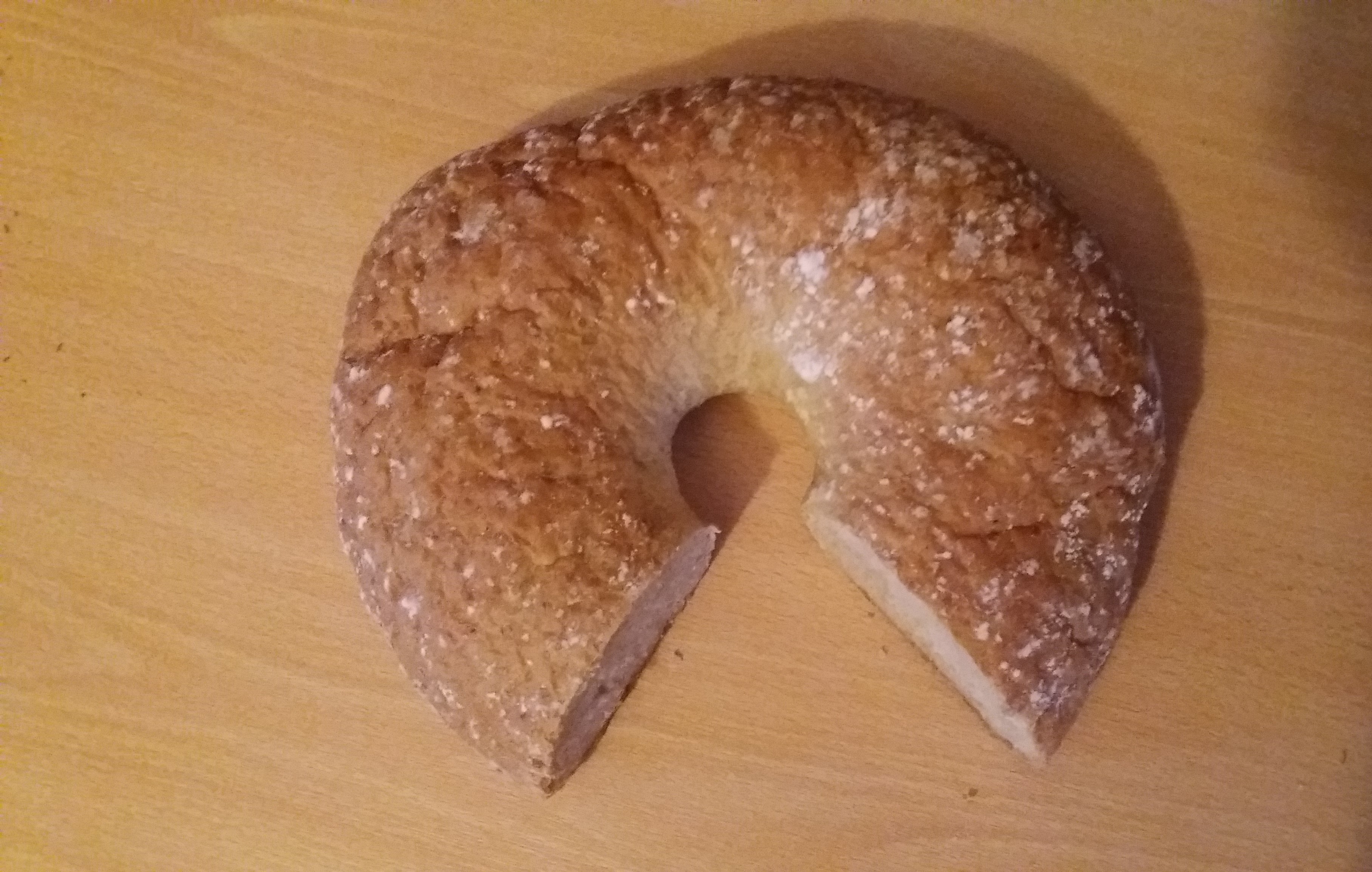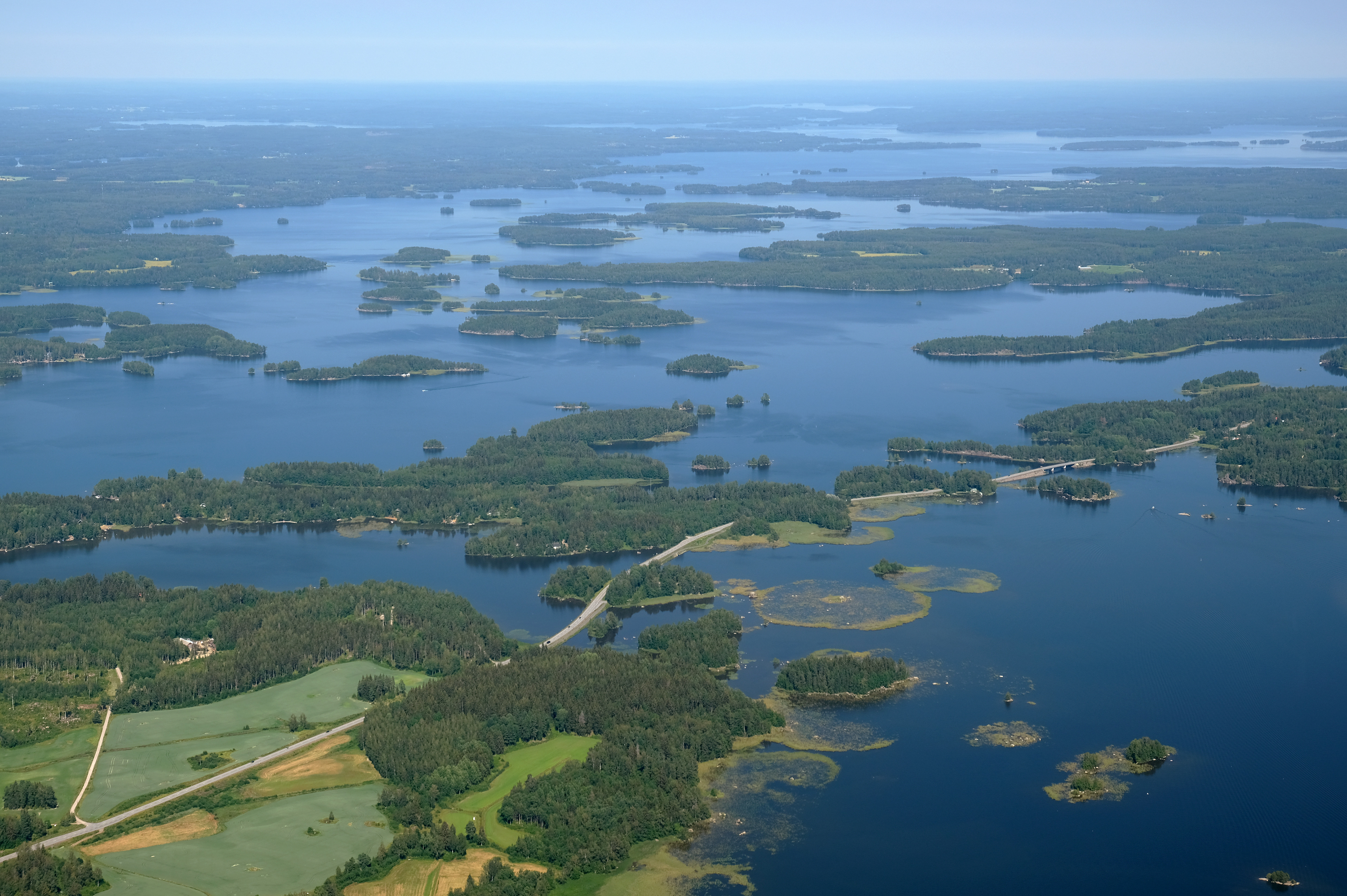|
Satakunta (region)
Satakunta (in both Finnish and Swedish, ; historically ''Satacundia'') is a region ( / ) of Finland, part of the former Western Finland Province. It borders the regions of Southwest Finland, Pirkanmaa, South Ostrobothnia and Ostrobothnia. The capital city of the region is Pori. The name of the region literally means hundred. The historical province of the same name was a larger area within Finland, covering modern Satakunta as well as much of Pirkanmaa. Heraldry The arms are crowned by a ducal coronet, though in Finnish tradition this resembles a Swedish count's coronet. Blazon: "Per fess Azure and Or, a bear rampant Sable, armed and langued Gules, crowned Or, holding in both paws a sword Argent, sword handle Or; surmounted by two mullets of seven Argent". History According to one theory, Satakunta was a political and military entity already in the Late Iron Age of Finland (550 - 1150 AD). During the 13th century, the Swedish rule was consolidated. At the same time ... [...More Info...] [...Related Items...] OR: [Wikipedia] [Google] [Baidu] |
Regions Of Finland
Finland is divided into 19 regions (; ) which are governed by regional councils that serve as forums of cooperation for the Municipalities of Finland, municipalities of each region. The councils are composed of delegates from the municipal councils. The main tasks of regional councils are regional planning, the development of enterprises, and education. Between 2004 and 2012, the regional council of Kainuu was elected via popular elections as part of an experimental regional administration. In 2022, new Wellbeing services counties of Finland, Wellbeing services counties were established as part of a health care and social services reform. The wellbeing services counties follow the regional borders, and are governed by directly elected county councils. Åland One region, Åland, has a special status and has a much higher degree of autonomy than the others, with its own Parliament of Åland, Parliament and local laws, due to its history of Åland, unique history and the fact ... [...More Info...] [...Related Items...] OR: [Wikipedia] [Google] [Baidu] |
Sandstone
Sandstone is a Clastic rock#Sedimentary clastic rocks, clastic sedimentary rock composed mainly of grain size, sand-sized (0.0625 to 2 mm) silicate mineral, silicate grains, Cementation (geology), cemented together by another mineral. Sandstones comprise about 20–25% of all sedimentary rocks. Most sandstone is composed of quartz or feldspar, because they are the most resistant minerals to the weathering processes at the Earth's surface. Like uncemented sand, sandstone may be imparted any color by impurities within the minerals, but the most common colors are tan, brown, yellow, red, grey, pink, white, and black. Because sandstone beds can form highly visible cliffs and other topography, topographic features, certain colors of sandstone have become strongly identified with certain regions, such as the red rock deserts of Arches National Park and other areas of the Southwestern United States, American Southwest. Rock formations composed of sandstone usually allow the p ... [...More Info...] [...Related Items...] OR: [Wikipedia] [Google] [Baidu] |
Noormarkku
Noormarkku () is a former municipality of Finland. It is located in the province of Western Finland and was part of the Satakunta region. The municipality had a population of 6,158 (31 December 2009) and covered an area of of which is water. The population density was . Noormarkku is the birthplace of the Ahlstrom Corporation. Antti Ahlström invested in the entire development of Noormarkku, setting up one of Finland's first Finnish language schools and building a road network. The municipality was unilingually Finnish. Noormarkku was annexed with the neighboring city of Pori Pori (; ; ) is a city in Finland and the regional capital of Satakunta. It is located on the west coast of the country, on the Gulf of Bothnia. The population of Pori is approximately , while the Pori sub-region, sub-region has a population of a ... on 1 January 2010. A notable building is the Villa Mairea by architect Alvar Aalto designed as the private home for Maire and Harry Gullichsen. ... [...More Info...] [...Related Items...] OR: [Wikipedia] [Google] [Baidu] |
Toponyms Of Finland
The toponyms of Finland result mainly from the legacy left by three linguistic heritages: the Finnish language (spoken as first language by about 93% of the population), the Swedish language (about 5.5%) and Sami languages (about 0.03%). Finland’s place names range from those of unknown or unrecognizable origins to more clearly derivable onomastics. There are both national and international recommendations on how to use the bilingual country's place names in texts written in different languages. In Finland, the Research Institute for the Languages of Finland and the National Land Survey of Finland are jointly responsible for the standardization of place names. Historical aspects A few notable place names such as a few major hydronyms Päijänne, Saimaa, Imatra and Keitele which are thought to be among the oldest toponyms still lack a sound derivation from existing languages despite different approaches. This has led to the postulation that they may originate from an unknown ... [...More Info...] [...Related Items...] OR: [Wikipedia] [Google] [Baidu] |
Late Iron Age
The Iron Age () is the final epoch of the three historical Metal Ages, after the Chalcolithic and Bronze Age. It has also been considered as the final age of the three-age division starting with prehistory (before recorded history) and progressing to protohistory (before written history). In this usage, it is preceded by the Stone Age (subdivided into the Paleolithic, Mesolithic and Neolithic) and Bronze Age. These concepts originated for describing Iron Age Europe and the ancient Near East. In the archaeology of the Americas, a five-period system is conventionally used instead; indigenous cultures there did not develop an iron economy in the pre-Columbian era, though some did work copper and bronze. Indigenous metalworking arrived in Australia with European contact. Although meteoric iron has been used for millennia in many regions, the beginning of the Iron Age is defined locally around the world by archaeological convention when the production of smelted iron (especially ... [...More Info...] [...Related Items...] OR: [Wikipedia] [Google] [Baidu] |
Hundred (division)
A hundred is an administrative division that is geographically part of a larger region. It was formerly used in England, Wales, some parts of the United States, Denmark, Sweden, Finland, Norway, and in Cumberland County in the British Colony of New South Wales. It is still used in other places, including in Australia (in South Australia and the Northern Territory). Other terms for the hundred in English and other languages include '' wapentake'', ''herred'' (Danish and Bokmål Norwegian), ''herad'' ( Nynorsk Norwegian), ''härad'' or ''hundare'' (Swedish), ''Harde'' (German), ''hiird'' ( North Frisian), ''kihlakunta'' (Finnish), and '' cantref'' (Welsh). In Ireland, a similar subdivision of counties is referred to as a barony, and a hundred is a subdivision of a particularly large townland (most townlands are not divided into hundreds). Etymology The origin of the division of counties into hundreds is described by the ''Oxford English Dictionary'' (''OED'') as "exceedingly ... [...More Info...] [...Related Items...] OR: [Wikipedia] [Google] [Baidu] |
Ostrobothnia (administrative Region)
Ostrobothnia (; ) is a regions of Finland, region in Western Finland, western Finland. It borders the regions of Central Ostrobothnia, South Ostrobothnia, and Satakunta. It is one of six regions that together form Ostrobothnia (historical province), historical Ostrobothnia, hence it is also referred to as Coastal Ostrobothnia to avoid confusion. Ostrobothnia is one of two Finnish regions with a Swedish-speaking population of Finland, Swedish-speaking majority (the other being the Languages of Åland, constitutionally monolingual province of Åland); Swedish-speakers make up 51.2% of the total population. The region contains thirteen bilingual Municipalities of Finland, municipalities and one that is exclusively Finnish-speaking. The capital of Vaasa is predominantly inhabited by Finnish speakers, whereas smaller towns and rural areas are generally dominated by the Swedish language. The three municipalities with the largest number of Swedish speakers are Korsholm, Jakobstad and Pe ... [...More Info...] [...Related Items...] OR: [Wikipedia] [Google] [Baidu] |
South Ostrobothnia
South Ostrobothnia ( ; ) is one of the 19 regions of Finland. It borders the regions of Ostrobothnia, Central Ostrobothnia, Central Finland, Pirkanmaa, and Satakunta. Among the Finnish regions, South Ostrobothnia is the ninth largest in terms of population. Seinäjoki is the regional centre and by far the largest city in the area. As a cultural area, South Ostrobothnia is larger than its current regional borders and includes the region of Ostrobothnia as well. Geography The natural landscape of South Ostrobothnia is mainly expanses, which is Finland's largest plain area. South Ostrobothnia is connected to the coastal region of the Gulf of Bothnia in the west, to the river country of Central Ostrobothnia in the north, and to Suomenselkä in the east and south, which is the watershed between the regions of Ostrobothnia and Finnish Lakeland. The land surface rises gently from the coast inland, and the 100-meter height level is reached about 100 kilometers from the coast. The ... [...More Info...] [...Related Items...] OR: [Wikipedia] [Google] [Baidu] |
Pirkanmaa
Pirkanmaa (; ; ), also known as ''Tampere Region'' in government documents, is a region of Finland. It borders the regions of Satakunta, South Ostrobothnia, Central Finland, Päijät-Häme, Kanta-Häme and Southwest Finland. Most of the water area in the Kokemäki River watershed is located in the Pirkanmaa region, although Lake Vanajavesi is partly in the Kanta-Häme region. The region got its name from Pirkkala, which in the Middle Ages comprised most of present-day Pirkanmaa. Tampere is the regional center and capital of Pirkanmaa, and at the same time the largest city in the region. The total population of Pirkanmaa was 529,100 on 30 June 2022, which makes it the second largest among Finland's regions after Uusimaa. The population density is well over twice the Finnish average, and most of its population is largely concentrated in the Tampere metropolitan area. History Pirkanmaa has been inhabited for thousands of years. In the Bronze Age, agriculture replaced hu ... [...More Info...] [...Related Items...] OR: [Wikipedia] [Google] [Baidu] |
Southwest Finland
Southwest Finland (, ; ) is a Regions of Finland, region ('','' ) of Finland. It borders the regions of Satakunta, Pirkanmaa, Tavastia Proper, Tavastia Proper (Kanta-Häme), Uusimaa, and Åland. The regional capital and most populous city is Turku, which was the capital city of Finland before Helsinki. The region largely corresponds to the historical province of Finland Proper (historical province), Finland Proper. Until 2019, its official English name was Finland Proper, a designation still used in Finnish () and Swedish (). Origin of the name ''Finland Proper'' The name ''Finland Proper'' has historical roots. In Early Middle Ages, in the area of the present-day Southern Finland was inhabited by three main tribes: the Finns proper, Finns, the Tavastians and the Karelians (Finns), Karelians. The southwestern part of the country, where the Finns lived, was originally called simply ''Finland'' (''Suomi'' in Finnish). By the 17th century, the name ''Finland'' began to be us ... [...More Info...] [...Related Items...] OR: [Wikipedia] [Google] [Baidu] |
Western Finland Province
Western Finland (, ) was a province of Finland from 1997 to 2009. It bordered the provinces of Oulu, Eastern Finland and Southern Finland. It also bordered the Gulf of Bothnia towards Åland. Tampere was the largest city of the province. History On September 1, 1997 the Province of Turku and Pori, the Province of Vaasa, the Province of Central Finland, the northern parts of the Province of Häme and the western parts of the Mikkeli Province were joined to form the then new Province of Western Finland. All the provinces of Finland were abolished on January 1, 2010. Administration The State Provincial Office was a joint regional administrative authority of seven ministries. The State Provincial Office served at five localities; the main office was placed in Turku, and regional service offices were located in Jyväskylä, Tampere, Vaasa, and Pori. Approximately 350 persons worked at the State Provincial Office. The agency was divided into eight departments. Regions ... [...More Info...] [...Related Items...] OR: [Wikipedia] [Google] [Baidu] |






